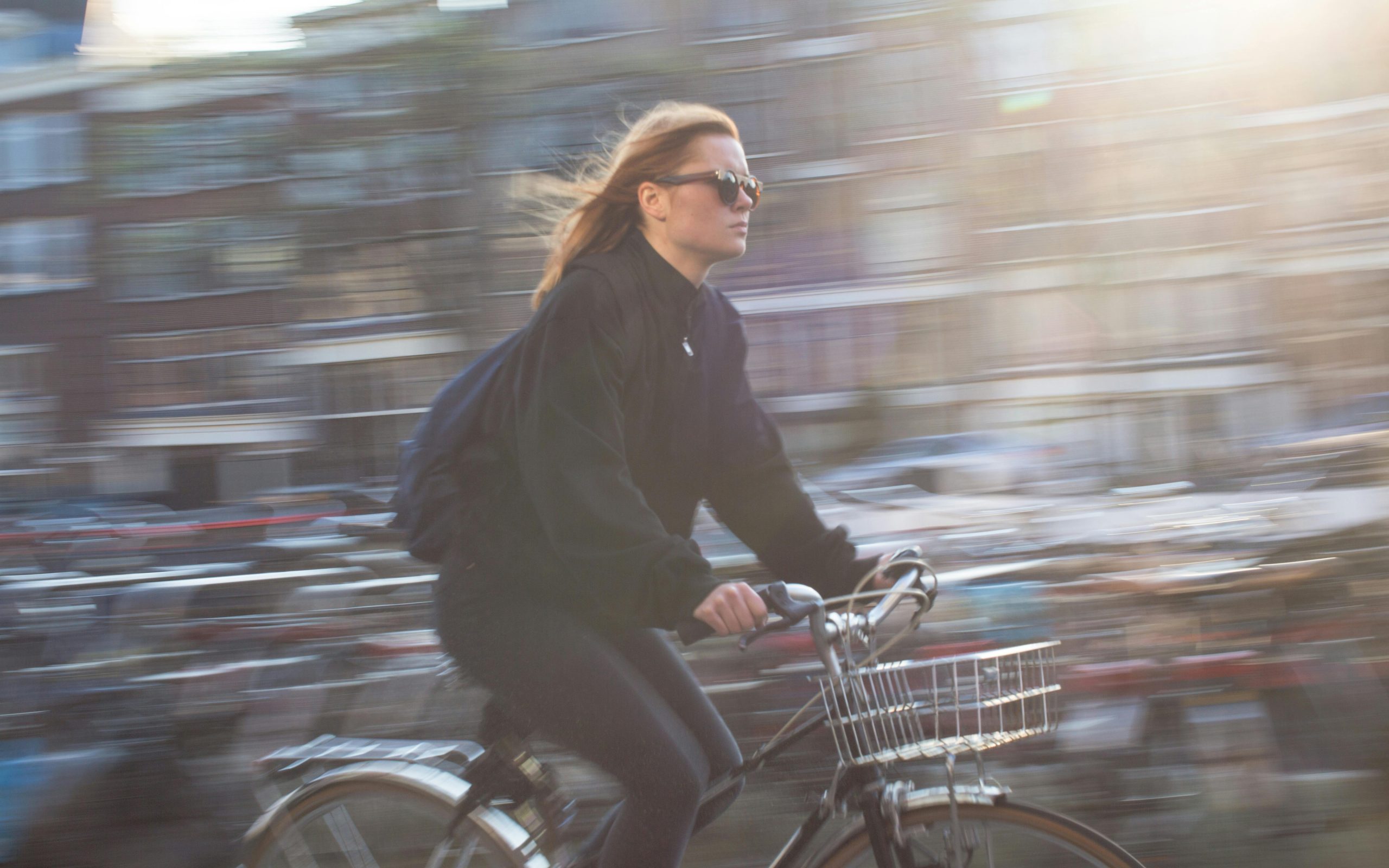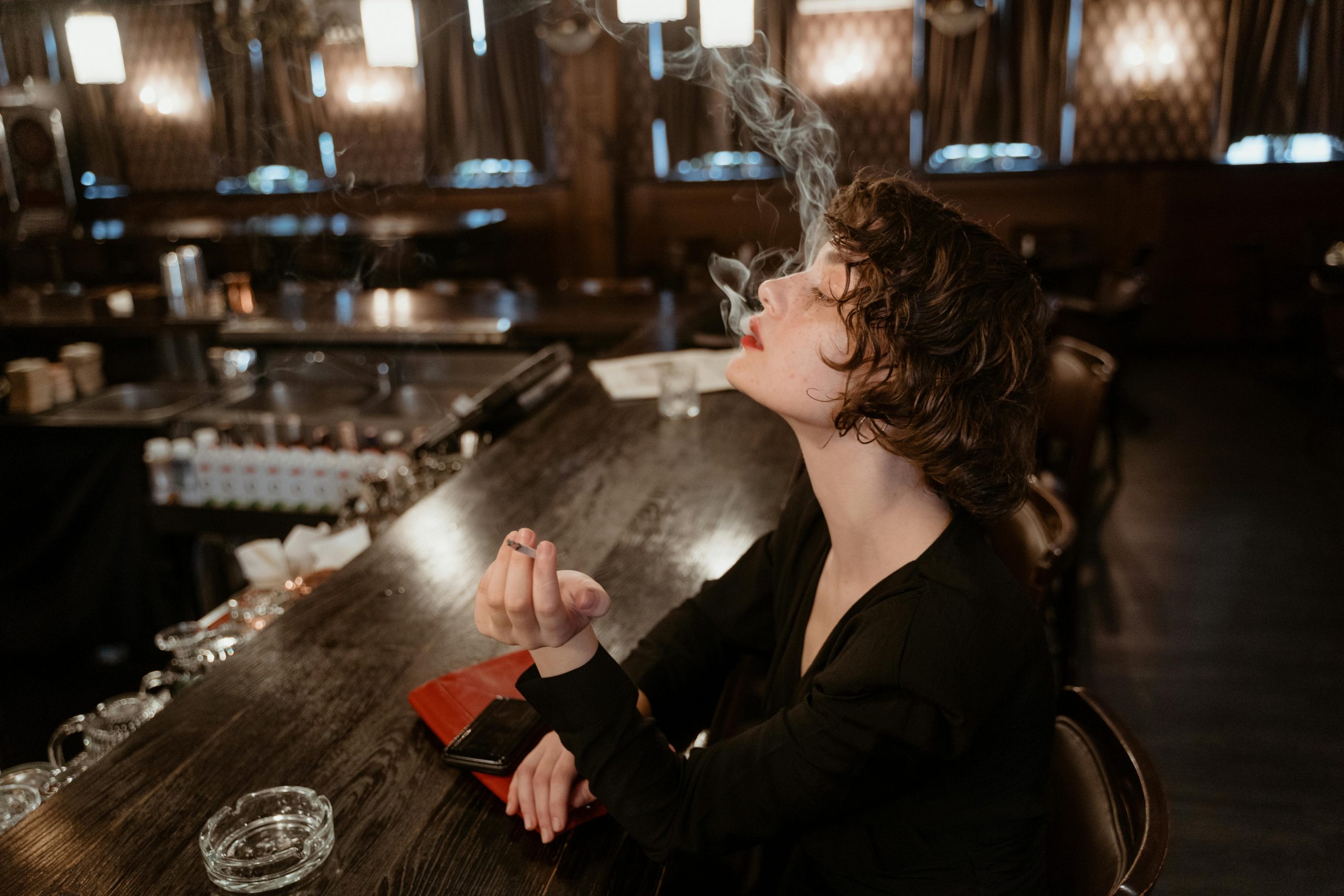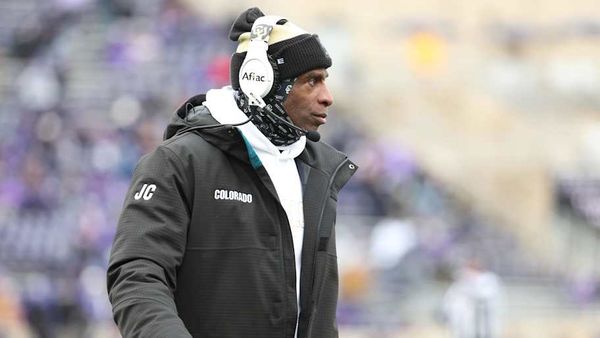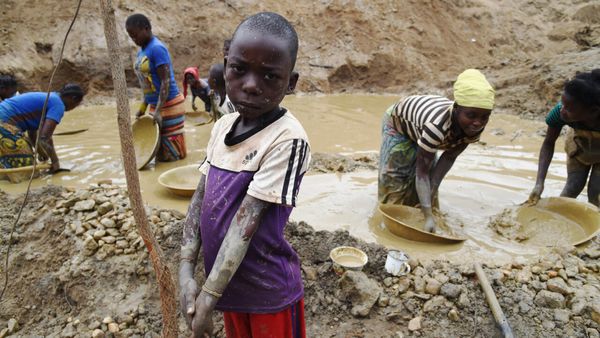The 1990s often feel like a recent memory, but it was a vastly different world in terms of technology, safety awareness, and social norms. Activities that were a normal part of growing up or daily life in that decade are now often viewed as unacceptably risky or just plain strange. This shift is due to a greater understanding of health, increased safety standards, and the dawn of the digital age, changing our concept of privacy. Here is a nostalgic look at ten activities that were perfectly normal in the 90s but would be considered risky or ill-advised today.

1. Riding a Bike Without a Helmet
In the 90s, for many kids, a bicycle was the ultimate symbol of freedom. Helmets were often seen as something for “little kids” or professional racers. It was completely normal to see entire groups of kids and teens riding around their neighborhoods and towns without any head protection. Today, with a much greater understanding of head injuries, bike helmets are standard safety equipment, and letting a child ride without one is often seen as negligent.
2. Letting Kids Play Outside Unsupervised All Day
A common 90s childhood experience was being told to “go outside and play” and not come home until the streetlights came on. Kids would roam their neighborhoods for hours in mixed-age groups, largely unsupervised by adults. While this fostered independence, today’s increased safety concerns and a culture of more scheduled activities have made this kind of “free-range” parenting much rarer. Unsupervised roaming is now viewed as a significant risk.
3. Using Tanning Beds or Baby Oil for Sunbathing
Tanning was extremely popular in the 90s. Tanning beds were common, and sunbathers would often use baby oil or sun reflectors to achieve the deepest tan possible, with little regard for SPF. Today, with widespread awareness of the link between UV exposure and skin cancer, these practices are seen as incredibly dangerous. The focus has shifted dramatically to sun safety, high-SPF sunscreen, and avoiding peak sun hours.
4. Trusting Anonymous AOL Chat Rooms
The early internet was a new frontier. Teens would spend hours in AOL chat rooms, talking to strangers from all over the country. While exciting at the time, the understanding of online predators and digital safety was in its infancy. The casual way personal information was sometimes shared in these unvetted, anonymous environments would be considered extremely risky by today’s digital safety standards.
5. Smoking in Restaurants and Other Public Places

It’s hard to imagine now, but in the 90s, smoking was still permitted in many public places, including designated “smoking sections” inside restaurants, airports, and even offices. The dangers of second-hand smoke were known but not yet fully reflected in widespread public policy. The idea of sitting in a restaurant while people at the next table smoked is an experience that is now both risky and socially unacceptable.
6. Drinking Water Straight from the Garden Hose
On a hot summer day, taking a long drink from the garden hose was a normal part of playing outside. No one thought twice about it. Today, we are much more aware that garden hoses are not designed for potable water. The materials in the hose itself (like brass fittings containing lead or vinyl containing plasticizers) can leach chemicals into the water, making it unsafe to drink.
7. Playing on Old-School Playground Equipment
Playgrounds in the 90s often featured equipment that is now considered unsafe. This included towering metal slides that would get scorching hot in the sun, seesaws that could cause hard landings, and merry-go-rounds that spun at high speeds. Modern playground design is governed by strict safety standards, with a focus on softer surfaces, safer heights, and equipment that minimizes injury risk.
8. Not Using Booster Seats for Older Kids
Child car safety standards have evolved significantly. In the 90s, once a child outgrew their toddler car seat, they often went straight to using a regular seatbelt. The concept of a “booster seat” for older children (typically ages 4-8) to ensure proper seatbelt positioning was not widely known or mandated. Today, forgoing a booster seat for a child who still needs one is recognized as a major safety risk
9. Giving Out Your Home Phone Number Freely
In the pre-caller ID and pre-cell phone era, you often gave out your home phone number more freely. It wasn’t as directly tied to your constant, personal location. Today, a phone number is a key piece of personal data. It’s commonly used for two-factor authentication and is linked to countless accounts. Giving it out casually is a much greater privacy and security risk than it was in the past.
10. Sharing Drinks with Friends
Sharing a can of sod was a common, unremarkable social interaction in the 90s. While people knew about germs, there was generally less anxiety about casual sharing. In a post-pandemic world with heightened awareness of viral transmission, the idea of casually sharing drinks with a group of friends is now seen by many as a needlessly risky behavior.
Times change, and so does our understanding of risk. Many of these once-normal activities are now viewed through a modern lens of enhanced safety, privacy, and health awareness. While some may feel nostalgia, these shifts reflect positive progress in keeping ourselves and children safer. They serve as a powerful reminder of how quickly our daily norms and perceptions of danger can evolve.
What other activities that were normal in the 90s do you now consider risky? Which of these changes do you think has had the most positive impact on safety and well-being? Share your memories!
Read More
Bright Colors, Hidden Risks: Understanding the FDA Crackdown on Food Dyes
What You Miss When You Only Shop the Sales
The post 10 Activities That Were Normal in the 90s but Risky Now appeared first on Grocery Coupon Guide.







